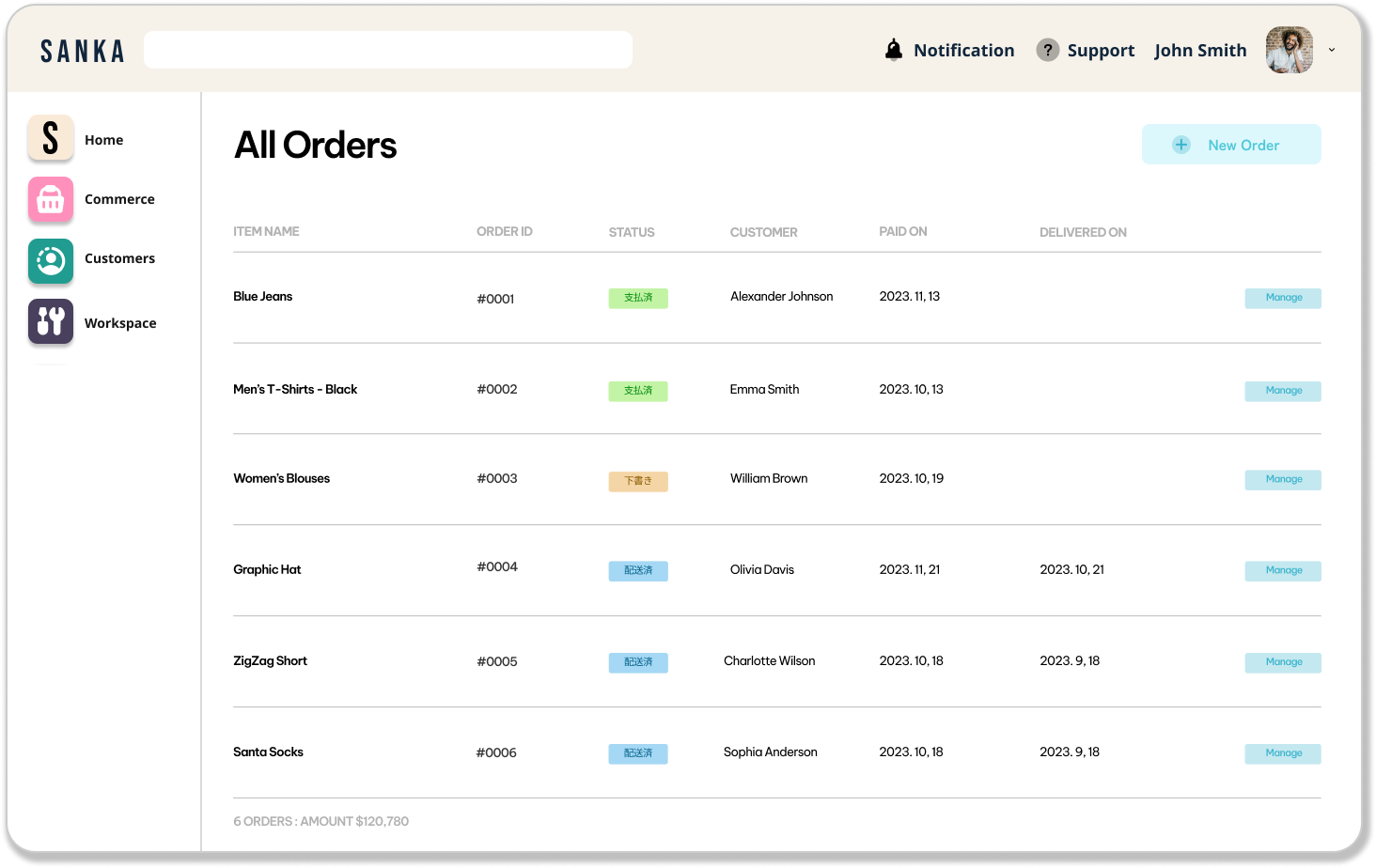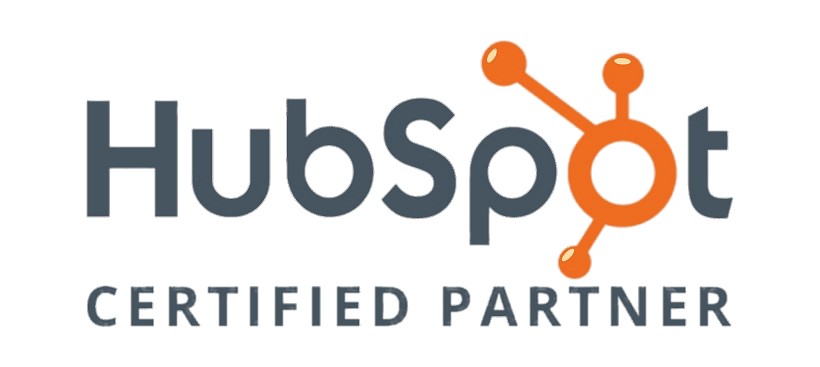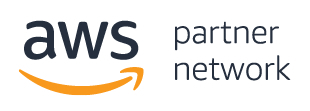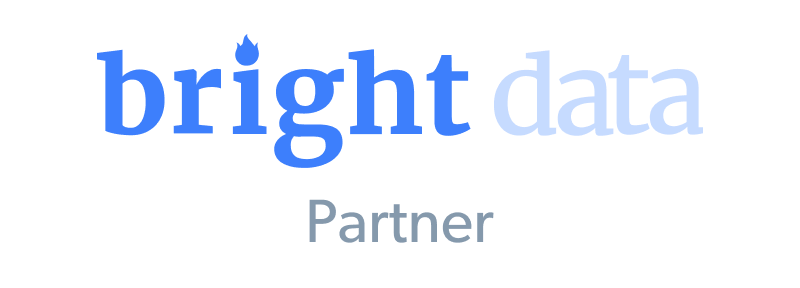Introduction
Understandably, as a business leader, you are always looking for ways to stay ahead of the game and optimize operations.
One approach that is gaining significant popularity is Software with a Service or SwaS.
SwaS lets you use software and all its features through the cloud instead of having to install it on your own devices.
With SwaS, software vendors host and manage the software application and handle any necessary maintenance, support, and upgrades.
You can just hop on the internet and use the software whenever you want. SwaS is great for businesses because it helps to reduce costs, increase scalability and flexibility, and have faster implementation.
If you want to leverage the latest technology to improve productivity, gain efficiencies, and drive growth, it is worth understanding SwaS, its benefits, and how to implement it for your business.
What Exactly is SwaS (Software With a Service)?
Software with a Service (SwaS) is a software delivery model where applications are hosted by a vendor or service provider and made available to customers over a network, typically the Internet.
Instead of installing and maintaining software on their own servers or personal computers, customers access the software through the cloud.
is a business model that combines software technology with ongoing support and expert guidance.
Unlike traditional SaaS companies, SwaS providers offer a more personal experience by providing human support with the software.
SwaS providers dedicate more resources to analysis support, insight delivery, and strategic partnership than SaaS providers.
SwaS offers several benefits over traditional on-premises software:

- Cost savings. SwaS is typically paid for via a monthly subscription, eliminating large upfront licensing fees. IT infrastructure costs are also reduced since the vendor hosts and maintain the software.
- Automatic updates. The SwaS vendor manages all software upgrades, patches, and updates, ensuring customers always have the latest version without any effort on their part.
- Improved scalability. SwaS applications can scale to meet changes in demand, enabling rapid provisioning of additional storage, computing power, and more. This makes SwaS well-suited for businesses with variable or growing needs.
- Accessibility. SwaS can be accessed from anywhere with an Internet connection on any device. This allows for a mobile workforce and remote access when needed.
- Reduced maintenance. The SwaS provider is responsible for maintaining the software, servers, and other infrastructure. This minimizes the involvement of a business's own IT staff.
To implement SwaS, organizations must evaluate their needs and technical requirements. They should research various SwaS solutions from reputable vendors to find an option that suits their needs.
A successful SwaS deployment requires planning, testing, training, and full buy-in across the organization to transition from a traditional software model. With the right solution and approach, SwaS can be a highly valuable tool for any business.
Why Businesses are Adopting the SwaS Model

The SwaS (Software with a Service) model is an innovative business approach that combines software as a service (SaaS) with specialized human expertise to provide a complete solution to customers. There are several benefits of SwaS for businesses, such as:
- Generating new revenue: SwaS can help businesses generate new revenue by providing a more personalized experience to customers. By offering that services, businesses can differentiate themselves from competitors that only offer one or the other. This can help businesses stand out in a crowded marketplace and attract new customers.
- Growing existing revenue: SwaS can help businesses grow existing revenue by providing ongoing support, training, consulting, or premium features. and expert guidance to customers. This diversification of revenue sources can boost profitability and create more sustainable business models.
- Reducing critics and turnovers: SwaS can help businesses reduce churn and detractors by providing a complete solution and ongoing support to customers. By providing a complete solution that meets customer needs, businesses can charge higher prices for their products and services. Additionally, the enhanced customer satisfaction and loyalty that comes with the SwaS model can lead to repeat business and referrals, further increasing revenue.
- Driving operational efficiencies: SwaS can help businesses drive operational efficiencies by providing ongoing support and expert guidance to customers, which can lead to more efficient processes and workflows. This reduces the burden on customers, accelerates time to value, and minimizes potential implementation errors.
- Enhanced Customer Support: By incorporating service elements into their software offering, businesses can provide comprehensive customer support throughout the customer lifecycle. This can include onboarding assistance, training, technical support, and ongoing consultancy services. Such support enhances customer satisfaction, promotes loyalty, and increases the likelihood of upselling or cross-selling opportunities.
- More personal experience: As SwaS provides a more personal experience to customers that meets their specific needs than traditional SaaS companies, it can help businesses build stronger relationships with their customers, leading to increased loyalty and retention rates.
- Data-Driven Insights: SwaS models often leverage data analytics capabilities to collect and analyze user data from the software solution. This provides valuable insights into customer behavior, preferences, and usage patterns. By harnessing these insights, businesses can make informed decisions, refine their product offerings, and develop targeted marketing strategies to better serve their customers.
- Continuous Improvement and Updates: With SwaS, businesses can continuously improve their software offerings based on customer feedback and evolving market needs. The service component allows for ongoing monitoring, optimization, and regular software updates, ensuring that customers benefit from the latest features and enhancements. This agile approach helps businesses stay ahead of the competition and maintain long-term customer satisfaction.
Is SwaS a Good Fit for All Businesses?
While SwaS offers several benefits for businesses, it may not be a good fit for all businesses. Here are some factors to consider:
- Type of business: SwaS may be a good fit for businesses that require ongoing support and expert guidance to customers, such as experience management programs or dynamic discounting solutions.
- Size of business: SwaS may be a good fit for smaller companies that do not have ample amounts of time or resources to commit to a project.
- Industry: SwaS may be a good fit for emerging brands in the physical retail industry that want to showcase their products offline by leveraging the customer base of their host retailer.
- Level of support: SwaS may not be a good fit for businesses that do not require ongoing support and expert guidance from customers
Getting Started With SwaS: Implementation Steps for Your Organization

To implement SwaS in your organization, follow these steps:
Evaluate your business needs
First, determine which business functions would benefit most from SwaS. Common uses include HR, finance, CRM, and project management.
Analyze which areas need improved efficiency, scalability, or access to new features.
Research SwaS solutions
Next, research SwaS solutions that meet your needs. Compare options based on features, customizability, security, and cost.
Look for providers with experience in your industry and positive customer reviews.
Start with a trial
Once you’ve selected a SwaS solution, sign up for a free trial to test it out. Experiment with key features to ensure it meets your requirements before committing to a contract.
Get feedback from end users on their experience with the software.
Implementation planning
If satisfied, develop an implementation plan. Decide on a rollout schedule, assign team members to oversee the process, and provide staff training.
Consider starting with a small group before organization-wide deployment.
Data migration
For existing systems, you’ll need to migrate historical data to the SwaS solution.
Work with the provider on the best approach, which may involve using their tools, hiring consultants, or a combination. Test the data transfer to identify any issues before going live.
Ongoing management
After deployment, designate admins to manage the SwaS solution. Provide additional staff training as needed.
Regularly evaluate new features and updates to determine if they would benefit your organization. Monitor costs and usage to ensure the solution continues to meet your needs.
Following these steps will set your organization up for a successful SwaS implementation. With the right solution and management, SwaS can transform your business functions and unlock new potential.
The key is starting slowly, planning thoroughly, and maintaining an open line of communication between all parties involved.
Conclusion
As you have learned, SwaS or Software with a Service is a new model of software delivery that provides significant benefits over traditional software. It is a business model that combines software as a service (SaaS) and human expertise to provide a more comprehensive solution to customers.
By accessing software over the internet as a service, you no longer have to deal with installation, maintenance, or upgrades. SwaS is always up to date, accessible anywhere, and highly scalable.
For businesses, SwaS reduces costs, increases productivity, and allows you to focus on your core business functions rather than IT management.
The future is in the cloud, and SwaS is leading the way. If you want to leverage the latest technology, gain a competitive advantage, and transform your business operations, it is time to make the switch to Software with a Service. The possibilities are endless.







